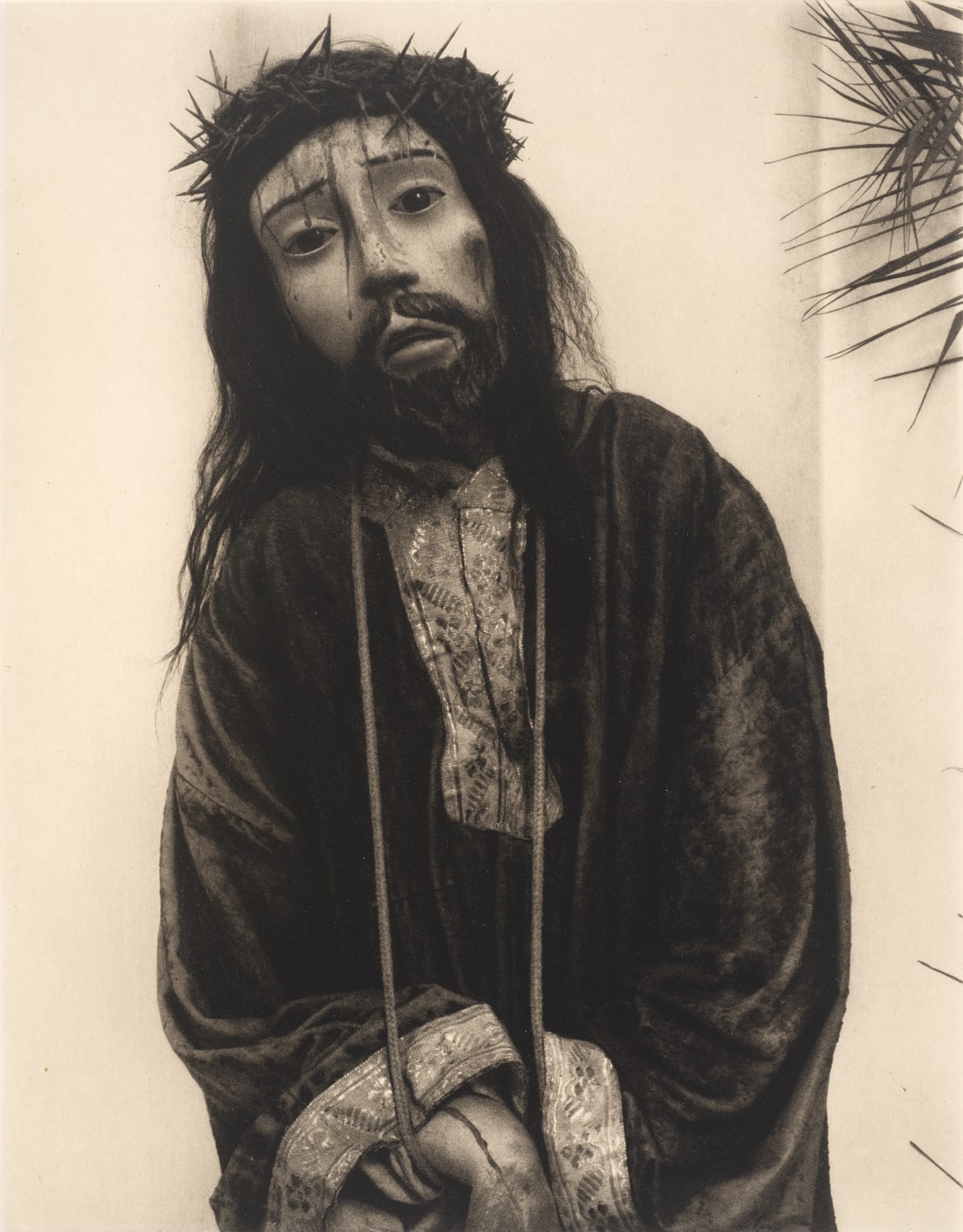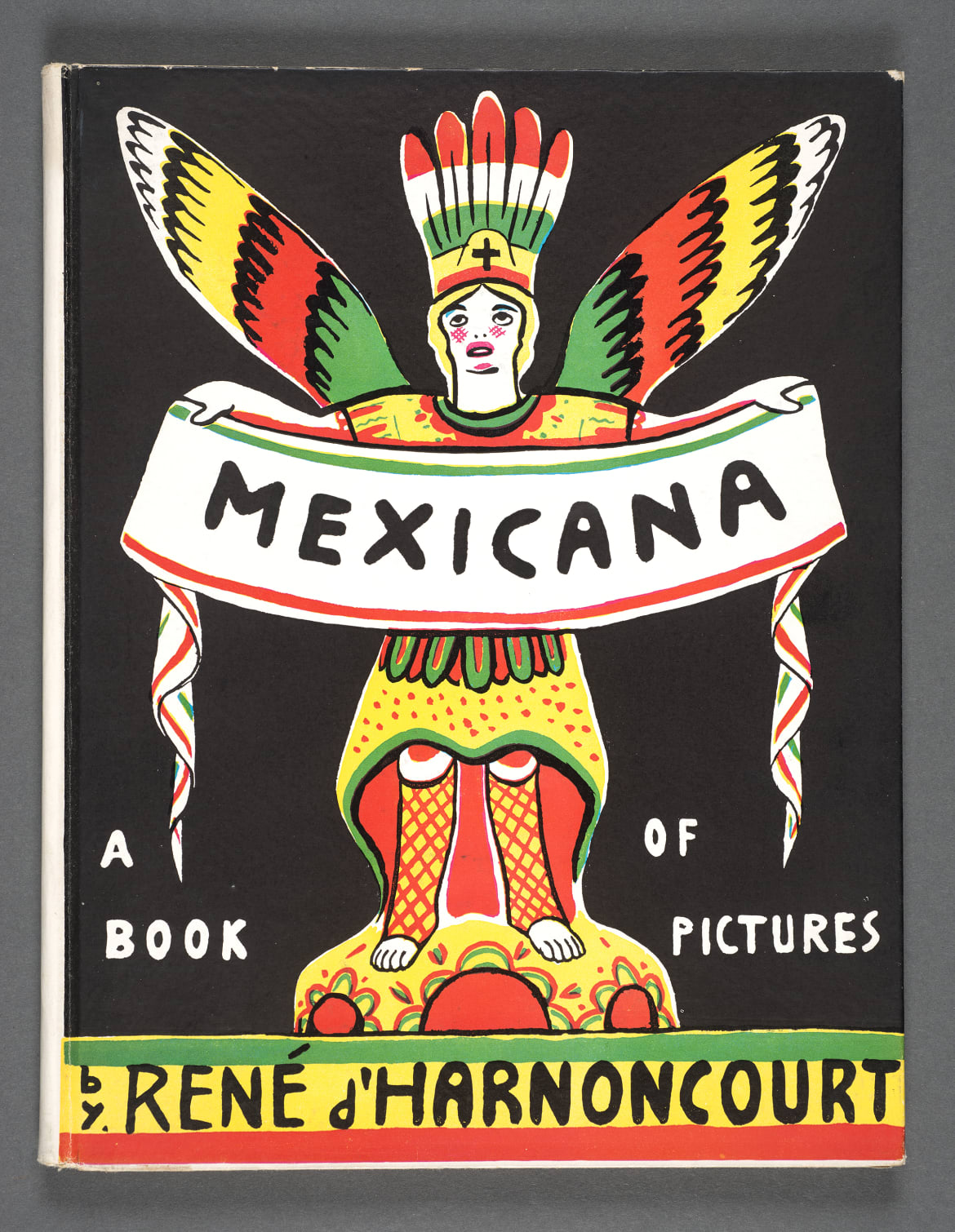This post contains affiliate links.
Running for just a couple more days is the Harry Ransom Center’s exhibit “Mexico Modern: Art, Commerce, and Cultural Exchange, 1920–1945.” One of the main points this show raises is the impact that transnational curators, gallery owners, and journalists had on political artists in Mexico during and after the the Revolution.
The archival photographs, letters, books, prints, and paintings are, as always at the HRC, brilliant and worthy of deeper study. Drawing from over 200 works including jewelry and decorative pieces this exhibit “highlights the important history of 20th-century art…how both countries instigated a cultural phenomenon by creating and promoting art that pioneered a synthesis of indigenous traditions and international aesthetics,” explained the curators. There are examples of many works and correspondences from Diego Rivera, David Alfaro, Siqueiros, and José Clemente Orozco, as well as Frida Kahlo, Miguel Covarrubias, and photographers Edward Weston, Manuel Bravo, and Tina Modotti.
Poster for Mexican tourism, published by Asociacion Mexicana de Turismo, 1940, 97.2 x 73.3 cm.
However, as an overall installation it was not moving, and I really wanted it to be. Not sure if it was the weather, the last days of the exhibit, post-holiday fatigue (there were a lot of visitors), but I wanted something dynamic and colorful, doing the subject matter justice.
As is often the case with archival exhibits, an immersive or experiential element is missing. I worry that younger people may not have background on the Revolution, or why it was important or meaningful for the artists to make the statements that they did. Sometimes these exhibits can be heavy on the text, and could benefit from more documentary footage, music from the era and more art. Performative or sculptural pieces could provide dynamism and three-dimensionality to the exhibit. Without enough narrative flow and context the pieces can come across as random and flat, which is a tragic disservice.
Paul Strand (American, 1890–1976), Cristo with Thorns, Huexotla, 1933; printed 1940. From the portfolio Photographs of Mexico. Photogravure, 26.1 x 20.5 cm (image).
If you knew nothing about early 20th century Mexico or modernism, this might not be the best introduction, unless perhaps you signed up with a tour with a vibrant docent. On the other hand, if you find the collaboration between journalists, curators and artists, across Mexico and the U.S. during the first half of the twentieth century fascinating, you will find plenty to read and explore.
Ultimately what these exhibits are about, is giving the public a taste of what the Harry Ransom Center has in its collections, tempting scholars to do further study. Many of these holdings can also be found in the exhibit catalog.




Comments are closed.